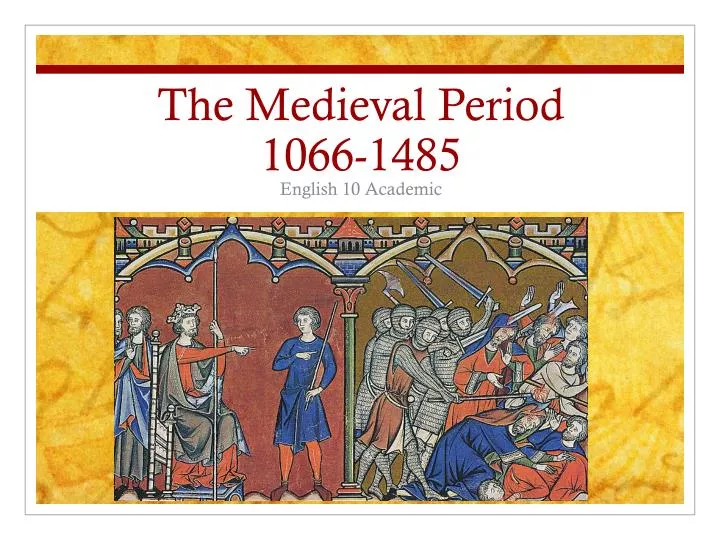
Around 1080 the Armenians rebelled against the Byzantine empire and established their own independent principality. The empire only lasted until 1335 when it splintered as various rivals tried to claim the throne.Īrmenian Kingdom of Cilicia © Sémhur / Wikimedia Commonsĭuring the eleventh century large numbers of Armenian refugees, fleeing from the Seljuks, established themselves in the lands around northeast corner of the Mediterranean Sea. Hulagu and his descendants established the Ilkhanate, which controlled most of present-day Iran, Iraq and the Caucasus. While Hulagu was able to captured Baghdad in 1258, his forces were stopped by the Mamluks at the Battle of Ain Jalut in 1260. In the 1250s a Mongol army under Hulagu Khan was sent to the Middle East to capture all the lands up to the Nile River. The last king of Majorca, James III, was killed in a battle while trying to retake the islands in 1349. In 1343-4, Peter IV of Aragon invaded and captured the islands. Despite coming from the same family, relations between the rulers of Aragon and Majorca would often be tense and hostile. Upon his death in 1276, his eldest son Peter inherited the Crown of Aragon, while the second son James, became the King of Majorca. In 1229-30 the Balearic islands were captured from the Moors by King James I of Aragon.


Increasing pressure from Norway and Scotland, and infighting for the throne, led to the kingdom becoming absorbed into Scotland in 1266.

Between the ninth and thirteenth centuries, the islands of the Hebrides, part of the Scottish coast, and the Isle of Man, were ruled by a semi-independent Kingdom of the Isles.


 0 kommentar(er)
0 kommentar(er)
